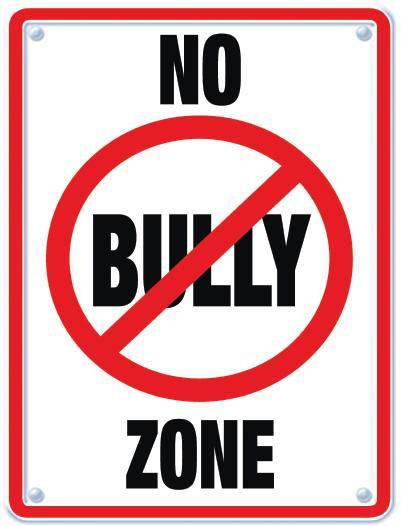What is school bullying?
Bullying includes a wide variety of behaviors, but all involve a person or a group repeatedly trying to harm someone who is weaker or more vulnerable. It can involve direct attacks (such as hitting, threatening or intimidating, maliciously teasing and taunting, name-calling, making sexual remarks, and stealing or damaging belongings) or more subtle, indirect attacks (such as spreading rumors or encouraging others to reject or exclude someone).
How common is teen bullying?
Almost 30 percent of teens in the United States (or over 5.7 million) are estimated to be involved in school bullying as either a bully, a target of teen bullying, or both. In a recent national survey of students in grades 6 to 10, 13 percent reported bullying others, 11 percent reported being the target of school bullies, and another 6 percent said they bullied others and were bullied themselves.
Limited available data suggest that teen bullying is much more common among younger teens than older teens. As teens grow older, they are less likely to bully others and to be the targets of bullies.
School bullying occurs more frequently among boys than girls. Teenage boys are much more likely to bully others and to be the targets of bullies. While both boys and girls say others bully them by making fun of the way they look or talk, boys are more likely to report being hit, slapped, or pushed. Teenage girls are more often the targets of rumors and sexual comments. While teenage boys target both boys and girls, teenage girls most often bully other girls, using more subtle and indirect forms of aggression than boys. For example, instead of physically harming others, they are more likely to spread gossip or encourage others to reject or exclude another girl.
How does school bullying affect teens who are the targets of bullies?
Teen bullying can lead teenagers to feel tense, anxious, and afraid. It can affect their concentration in school, and can lead them to avoid school in some cases. If teen bullying continues for some time, it can begin to affect teens’ self-esteem and feelings of self-worth. It also can increase their social isolation, leading them to become withdrawn and depressed, anxious and insecure. In extreme cases, bullying can be devastating for teens, with long-term consequences. Some teens feel compelled to take drastic measures, such as carrying weapons for protection or seeking violent revenge. Others, in desperation, even consider suicide. Researchers have found that years later, long after the bullying has stopped, adults who were bullied as teens have higher levels of depression and poorer self-esteem than other adults.
What are the long-term consequences of teen bullying behavior?
Teen bullying is often a warning sign that children and teens are heading for trouble and are at risk for serious violence. Teens (particularly boys) who bully are more likely to engage in other antisocial/delinquent behavior (e.g., vandalism, shoplifting, truancy, and drug use) into adulthood. They are four times more likely than nonbullies to be convicted of crimes by age 24, with 60 percent of bullies having at least one criminal conviction.
